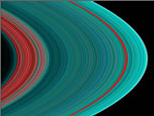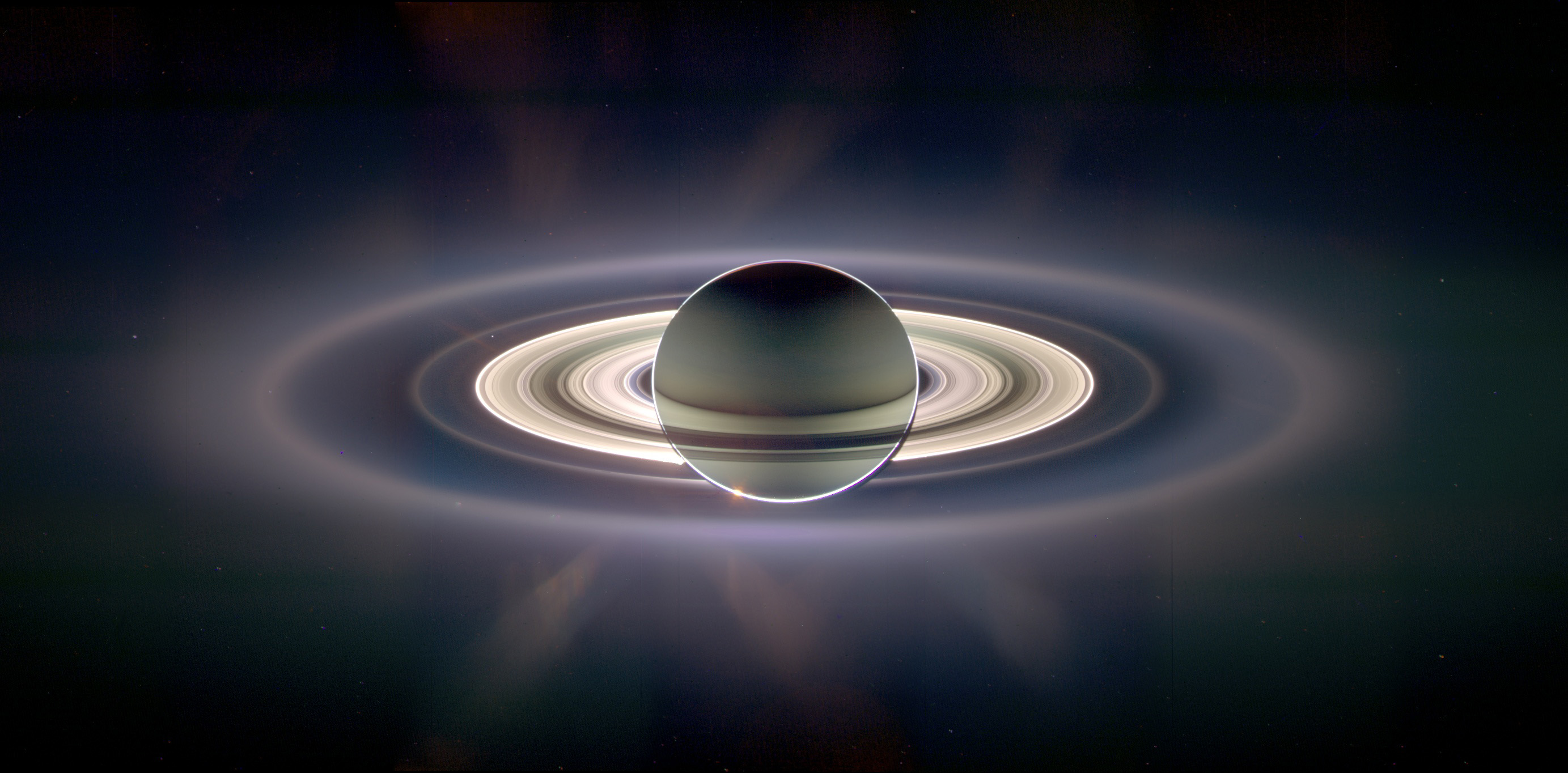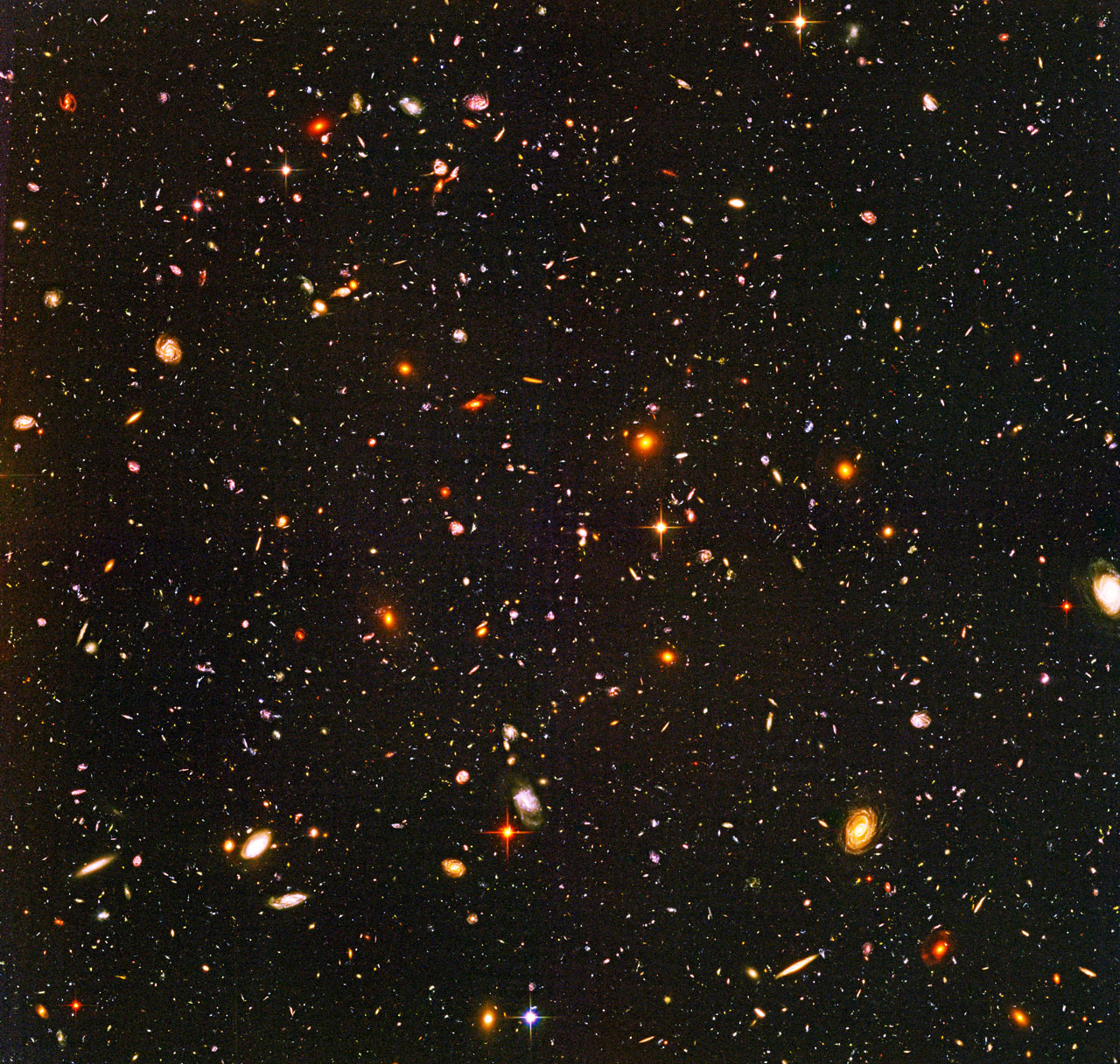This page has general
information about taking AST 2002, Introductory Astronomy, with me,
Josh Colwell, at the University of Central Florida. This course is
taught by several different individuals at UCF, each with different
styles and emphases. I teach two different versions of the course: AST
2002H, the Honors version of the course, and AST 2002. This course
description applies to both, but there are differences in the style of
the homeworks for the Honors course, which includes some projects and
more assignments done outside of the Mastering Astronomy web site.
What is this course about? It is about the universe, our place in it, how it works, and how we know how it works. You will learn about our family of planets, our place in the solar system, and the Milky Way galaxy, and the universe. You will learn about exploding stars, black holes, time dilation, the warping of space-time, impacts in the solar system, the formation of the Earth, and most importantly you will learn how we know these things.
So, yes, this course will blow your mind.
Image: NASA/JPL/Space Science Institute. This image mosaic was taken by the Cassini spacecraft currently orbiting the planet Saturn. The Sun is behind Saturn and sunlight is shining through the atmosphere of Saturn and through the rings. The Earth is also visible in this image. Can you find it?
Course Description: This is a broad survey of astronomy including motions in the sky, the solar system, stars, galaxies, and the origin and evolution of the universe. With such a broad array of topics it is not possible to cover each one in great depth. Instead we will emphasize the scientific techniques used to elucidate the physical evolution of the universe. We will use astrophysics as a case-study to illustrate scientific inquiry and quantitative reasoning.
Image: NASA, Space Telescope Science Institute. This is the Hubble Telescope "Ultra Deep Field." Everything visible here that does not have a cross-like diffraction pattern (those are stars) is a galaxy containing tens to hundreds of billions of stars. Click on it to open the full resolution version.
Course Goals: (1) Learn the key concepts of modern astronomy, from planetary science to cosmology. (2) Learn how scientists use basic principles of physics to understand the larger cosmos. (3) Develop skills in quantitative reasoning, critical thinkinging, and scientific inquiry, using astronomy as a test case.
Course Philosophy: Our goal in this course will be to gain an appreciation of the basic concepts in modern astronomy and to use astronomy as a case study in scientific study and quantitative reasoning. To accomplish this, we will use the powerful techniques of scientific inquiry, and we will learn how these techniques have been used to teach us what we now know about the universe. We will learn about the solar system, the night sky, stars, and galaxies. However, we will not treat these topics as a source of facts to be memorized. Rather, we will employ elegant and simple physical concepts such as the nature of gravity, energy, and light to understand the processes that shaped our solar system and the universe. This will require some quantitative work, but nothing beyond simple algebra. This course is designed for non-science majors, so the goal will be science literacy rather than science proficiency. By using scientific techniques to study the physics of the planets, stars, and galaxies, you will gain an appreciation of how science works not only in astronomy but other fields as well.
Materials: We will use the iClicker remote response system. You will need an iClicker remote every day in class to participate in collaborative question answering with your classmates. Your iClicker responses will count for 10-15 per cent of your grade. Homeworks will be done primarily using the Mastering Astronomy web site. A one-term subscription to this site comes with your purchase of a new textbook. If you have a used book, you will need to purchase a separate Mastering Astronomy subscription.
 Back
to Josh Colwell's home page.
Back
to Josh Colwell's home page.
What is this course about? It is about the universe, our place in it, how it works, and how we know how it works. You will learn about our family of planets, our place in the solar system, and the Milky Way galaxy, and the universe. You will learn about exploding stars, black holes, time dilation, the warping of space-time, impacts in the solar system, the formation of the Earth, and most importantly you will learn how we know these things.
So, yes, this course will blow your mind.
Image: NASA/JPL/Space Science Institute. This image mosaic was taken by the Cassini spacecraft currently orbiting the planet Saturn. The Sun is behind Saturn and sunlight is shining through the atmosphere of Saturn and through the rings. The Earth is also visible in this image. Can you find it?
Course Description: This is a broad survey of astronomy including motions in the sky, the solar system, stars, galaxies, and the origin and evolution of the universe. With such a broad array of topics it is not possible to cover each one in great depth. Instead we will emphasize the scientific techniques used to elucidate the physical evolution of the universe. We will use astrophysics as a case-study to illustrate scientific inquiry and quantitative reasoning.
Image: NASA, Space Telescope Science Institute. This is the Hubble Telescope "Ultra Deep Field." Everything visible here that does not have a cross-like diffraction pattern (those are stars) is a galaxy containing tens to hundreds of billions of stars. Click on it to open the full resolution version.
Course Goals: (1) Learn the key concepts of modern astronomy, from planetary science to cosmology. (2) Learn how scientists use basic principles of physics to understand the larger cosmos. (3) Develop skills in quantitative reasoning, critical thinkinging, and scientific inquiry, using astronomy as a test case.
Course Philosophy: Our goal in this course will be to gain an appreciation of the basic concepts in modern astronomy and to use astronomy as a case study in scientific study and quantitative reasoning. To accomplish this, we will use the powerful techniques of scientific inquiry, and we will learn how these techniques have been used to teach us what we now know about the universe. We will learn about the solar system, the night sky, stars, and galaxies. However, we will not treat these topics as a source of facts to be memorized. Rather, we will employ elegant and simple physical concepts such as the nature of gravity, energy, and light to understand the processes that shaped our solar system and the universe. This will require some quantitative work, but nothing beyond simple algebra. This course is designed for non-science majors, so the goal will be science literacy rather than science proficiency. By using scientific techniques to study the physics of the planets, stars, and galaxies, you will gain an appreciation of how science works not only in astronomy but other fields as well.
Materials: We will use the iClicker remote response system. You will need an iClicker remote every day in class to participate in collaborative question answering with your classmates. Your iClicker responses will count for 10-15 per cent of your grade. Homeworks will be done primarily using the Mastering Astronomy web site. A one-term subscription to this site comes with your purchase of a new textbook. If you have a used book, you will need to purchase a separate Mastering Astronomy subscription.
 Back
to Josh Colwell's home page.
Back
to Josh Colwell's home page.
